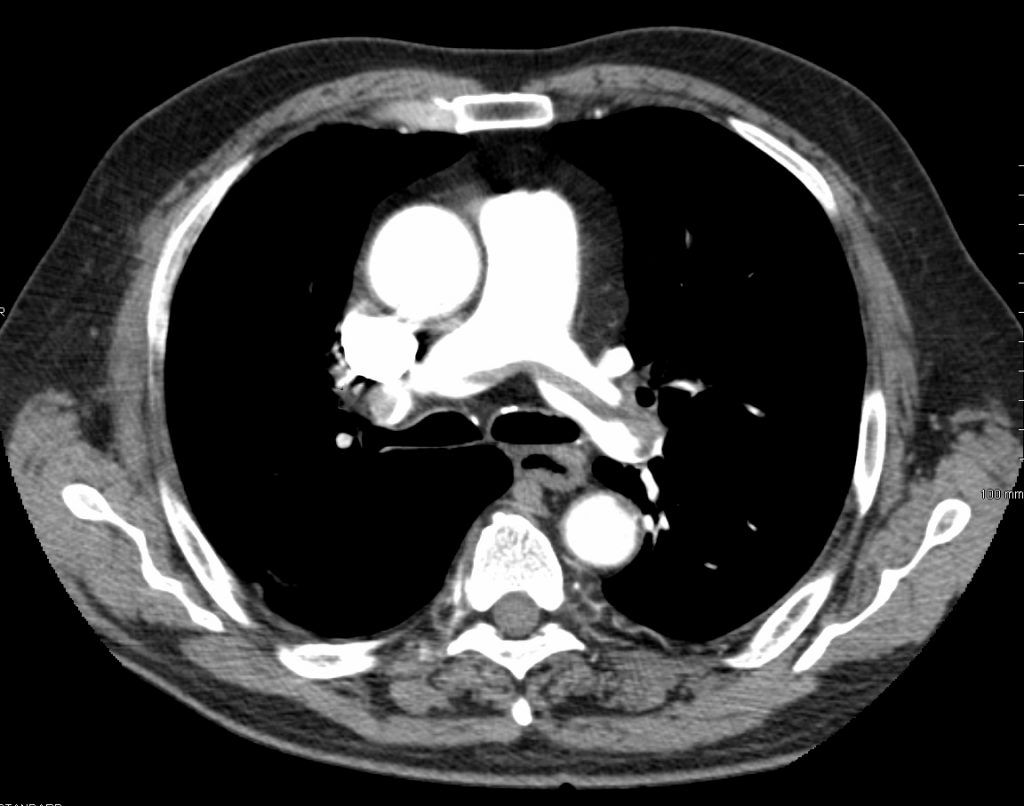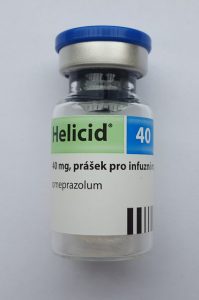
“Oral Rivaroxaban for the Treatment of Symptomatic Pulmonary Embolism”
by the EINSTEIN-PE Investigators
N Engl J Med. 2012 Apr 5;366(14):1287-97. [free full text]
—
Prior to the introduction of DOACs, the standard of care for treatment of acute VTE was treatment with a vitamin K antagonist (VKA, e.g. warfarin) bridged with LMWH. In 2010, the EINSTEIN-DVT study demonstrated the non-inferiority of rivaroxaban (Xarelto) versus VKA with an enoxaparin bridge in patients with acute DVT in the prevention of recurrent VTE. Subsequently, in this 2012 study, EINSTEIN-PE, the EINSTEIN investigators examined the potential role for rivaroxaban in the treatment of acute PE.
This open-label RCT compared treatment of acute PE (± DVT) with rivaroxaban (15mg PO BID x21 days, followed by 20mg PO daily) versus VKA with an enoxaparin 1mg/kg bridge until the INR was therapeutic for 2+ days and the patient had received at least 5 days of enoxaparin. Patients with cancer were not excluded if they had a life expectancy of ≥ 3 months, but they comprised only ~4.5% of the patient population. Treatment duration was determined by the discretion of the treating physician and was decided prior to randomization. Duration was also a stratifying factor in the randomization. The primary outcome was symptomatic recurrent VTE (fatal or nonfatal). The pre-specified noninferiority margin was 2.0 for the upper limit of the 95% confidence interval of the hazard ratio. The primary safety outcome was “clinically relevant bleeding.”
4833 patients were randomized. In the conventional-therapy group, the INR was in the therapeutic range 62.7% of the time. Symptomatic recurrent VTE occurred in 2.1% of patients in the rivaroxaban group and 1.8% of patients in the conventional-therapy group (HR 1.12, 95% CI 0.75–1.68, p = 0.003 for noninferiority). The p value for superiority of conventional therapy over rivaroxaban was 0.57. A first episode of “clinically relevant bleeding” occurred in 10.3% of the rivaroxaban group versus 11.4% of the conventional-therapy group (HR 0.90, 95% CI 0.76-1.07, p = 0.23).
In a large, open-label RCT, rivaroxaban was shown to be noninferior to standard therapy with a VKA + enoxaparin bridge in the treatment of acute PE. This was the first major RCT to demonstrate the safety and efficacy of a DOAC in the treatment of PE and led to FDA approval of rivaroxaban for the treatment of PE that same year. The following year, the AMPLIFY trial demonstrated that apixaban was noninferior to VKA + LMWH bridge in the prevention of recurrent VTE, and apixaban was also approved by the FDA for the treatment of PE. The 2016 Chest guidelines for Antithrombotic Therapy for VTE Disease recommend the DOACs rivaroxaban, apixaban, dabigatran, or edoxaban over VKA therapy in VTE not associated with cancer. In cancer-associated VTE, LMWH remains the recommended initial agent. (See the Week 10 – CLOT post.) As noted previously, a study earlier this year in NEJM demonstrated the noninferiority of edoxaban over LMWH in the treatment of cancer-associated VTE.
Further Reading/References:
1. EINSTEIN-DVT @ NEJM
2. EINSTEIN-PE @ Wiki Journal Club
3. EINSTEIN-PE @ 2 Minute Medicine
4. AMPLIFY @ Wiki Journal Club
5. “Edoxaban for the Treatment of Cancer-Associated Venous Thromboembolism” NEJM 2018
Summary by Duncan F. Moore, MD
Image Credit: James Heilman, MD / CC BY-SA 4.0 / via WikiMedia Commons
